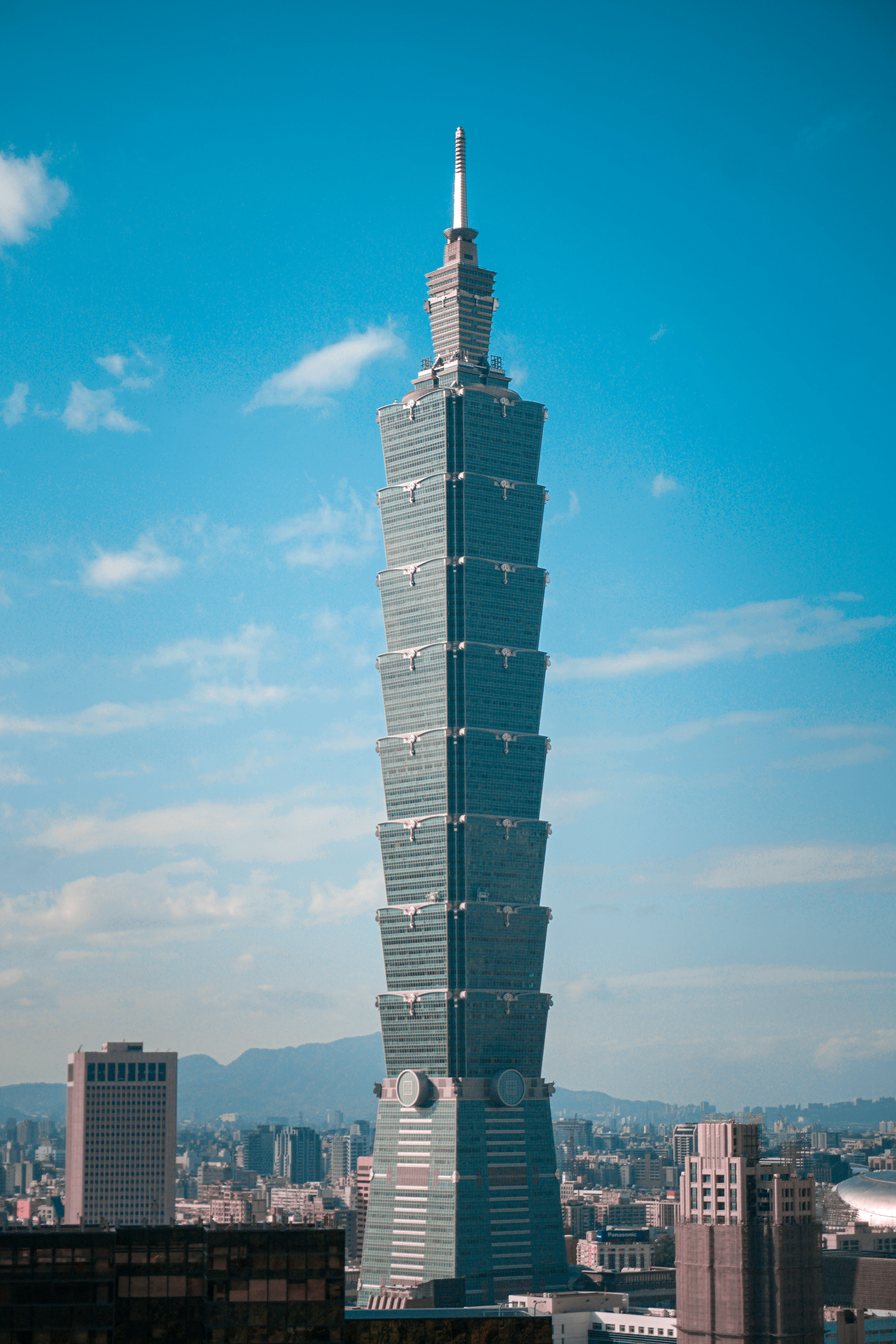Earthquake risk: construction and engeneery
The day which engineering defeated the third earthquake ever detected, but did not prevent the second most serious nuclear accident in history
Last friday March 11 marked the eleventh anniversary of the Fukushima earthquake and subsequent tsunami that caused a nuclear accident in Fukushima Daiichi power plant second only to Chernobyl. This earthquake had an intensity of 9.1, only been surpassed by the Sumatra tsunami in 2004, measuring 9.3, and the Valdivia cataclysm in 1960, measuring 9.5. First photo shows the impact according to the intensity of each tremor and the energy release.
From Finques Feliu we want to express our solidarity with the people displaced from the exclusion zone in Fukushima prefecture and admiration for those who faced radiation without sufficient protection.
Without forgetting the disaster that followed, Fukushima was a milestone: for the first time a human structure resist an earthquake of more than 9.0 without serious damage!
1. Can an earthquake cause serious damages in Spain? Are there regulations to protect us?
Yes, as second photo shows in great detail, the dangerous strip extends through the provinces of Granada, Malaga, Almeria, Murcia and the south of the Valencian Community. If we cross the border the Portuguese learn that in 1755 Lisbon was totally devastated by an earthquake.
Yes, in Spain in 2022 there are two in force: NCSR-02 and Eurocode 8 (hereafter EC8).
Inesa-tech explained in August 2021 their differences in a blog post:
(a) "NCSR-02 and EC8 establish different characteristic seismic accelerations.
b) EC8 establishes an adjustment in the amplification coefficients of the seismic action depending on the level of importance of the construction.
c) EC8 proposes a formulation for the soil coefficient (S) that varies according to the type of terrain, while NCSR-02 proposes a single formulation for all cases.
d) The last relevant difference is established in the characteristic periods of the system. EC8 establishes shorter periods of constant spectral acceleration than NCSE-02".
2. Why and how does an earthquake occur? How are they measured?
The Earth's surface is divided into tectonic plates, which are constantly colliding. This collision produces a huge amount of energy and then begins the shaking that releases this force of nature.
3. Is there any area of the world particularly active?
Yes, the Pacific Ring of Fire (third photo) in the 40,000 kilometers it covers:
- About 90% of all earthquakes.
- About 80% of the most destructive earthquakes.
- There are 452 volcanoes (75% of the total).
4. Can engineering do anything to mitigate the effects of a severe earthquake before it occurs and causes catastrophic damage?
The resilience of the Fukushima Daiichi nuclear power plant, it stems from the engineering applied to seismic strengthening techniques. These are intended to act against the movement and heat produced by an earthquake. Specifically, they aim to channel and dampen the movement and dissipate the heat.
One fact shows how vital seismic strengthening techniques are nowadays: "Greater Tokyo"*(note at the end of the text) is the most populated urban area in the world and "It has a 98% chance of suffering a devastating earthquake in the next thirty years" according to the University of the Japanese capital.
5. Would it be possible for you as a reader to know a real example of earthquake-resistant reinforcement?
We travel to Taipei, Taiwanese capital. In this city stands the Tower "Taipei 101" in the fourth photo you can imagine its 101 floors and 509 meters.
This building is a world reference of how engineering can reduce the impact of earthquakes. The "Taipei 101" Tower is a mega structure with a large amount of steel and concrete.
The website seismicknowledge puts the specifics of the "Taipei 101" tower:
"The strength of the structure is based on 8 lateral columns, and 16 central columns. (...) The building is built on 380 concrete pillars, 1.5 m. in diameter (...) in addition to the 8 base supercolumns, it has 36 supporting columns. The important capacity of absorption of mass movement in this structure lies in a mass damper, formed by a large golden steel ball weighing 680 tons, being the largest and heaviest in the world". You can see the golden ball described in fifth photo.
6. How should you prepare for and act during an earthquake?
Write down the recommendations of the U.S. government agency for natural disasters and diseases.
a) Learn how to prepare yourself for an earthquake
b) How to act during the phenomenon: This guide allows you to react almost anywhere and, in addition, it is also designed for people with mobility difficulties.
We hope to have been useful for the prevention of this unpredictable and inevitable phenomenon.
Finques Feliu by your side!
Note: We talk conciously about Greater Tokyo not about Tokyo City because all rankings are agree in the fact that Tokyo is the most populated urban area with 37,3 milion inhabitants in 2021 and 13.500 km2 (almost as Northern Ireland). While Tokyo City "only" has 13,9 milion inhabitants in its 2191km2.
